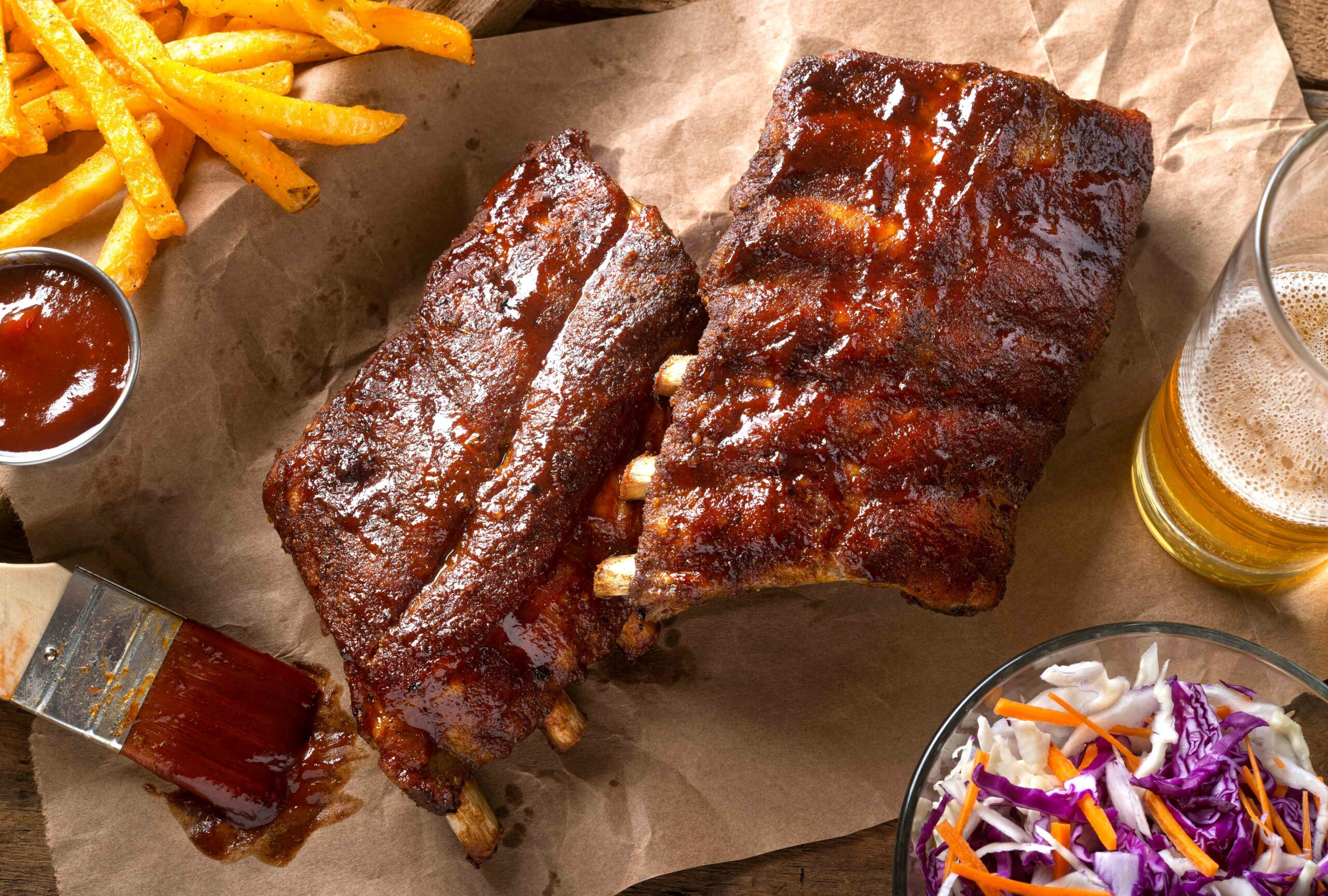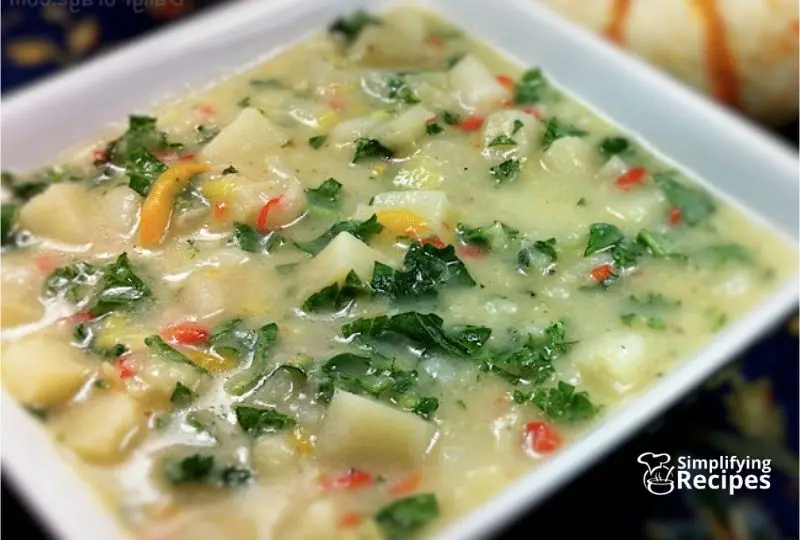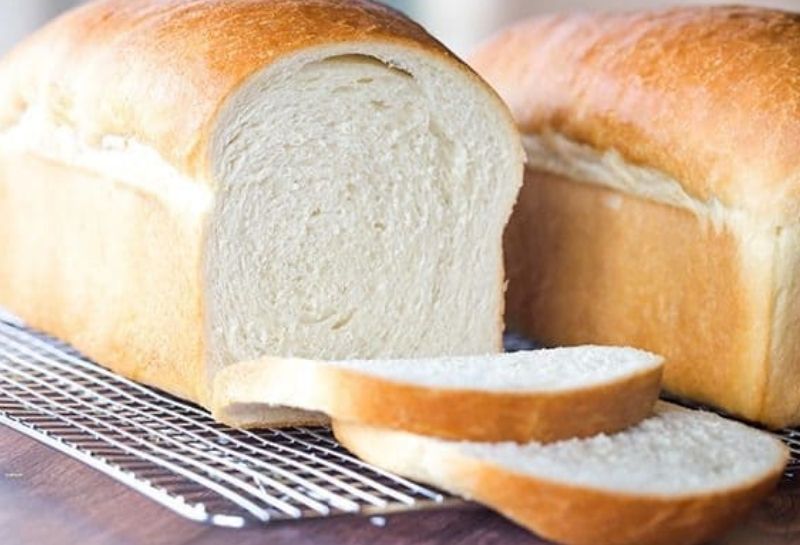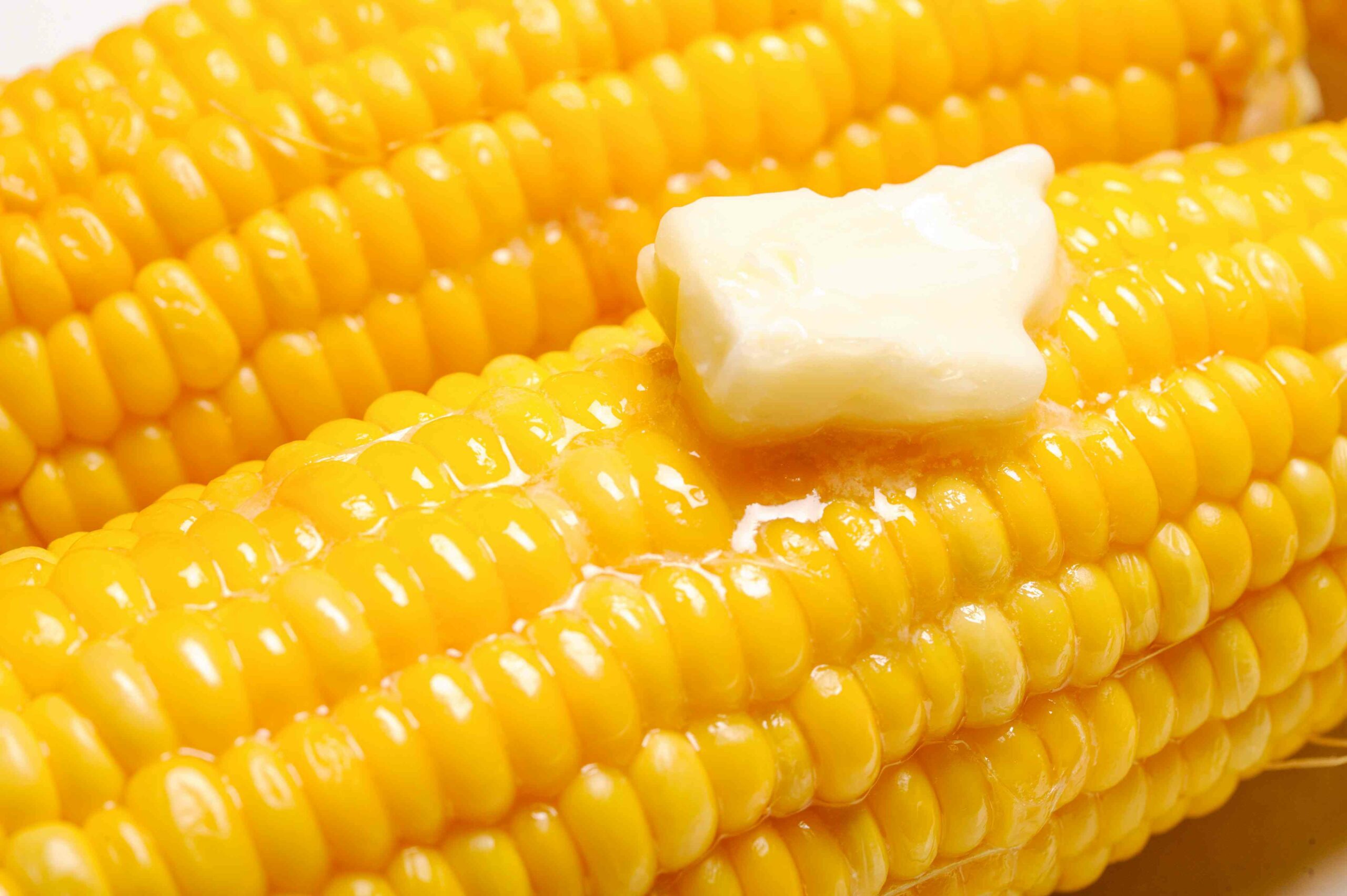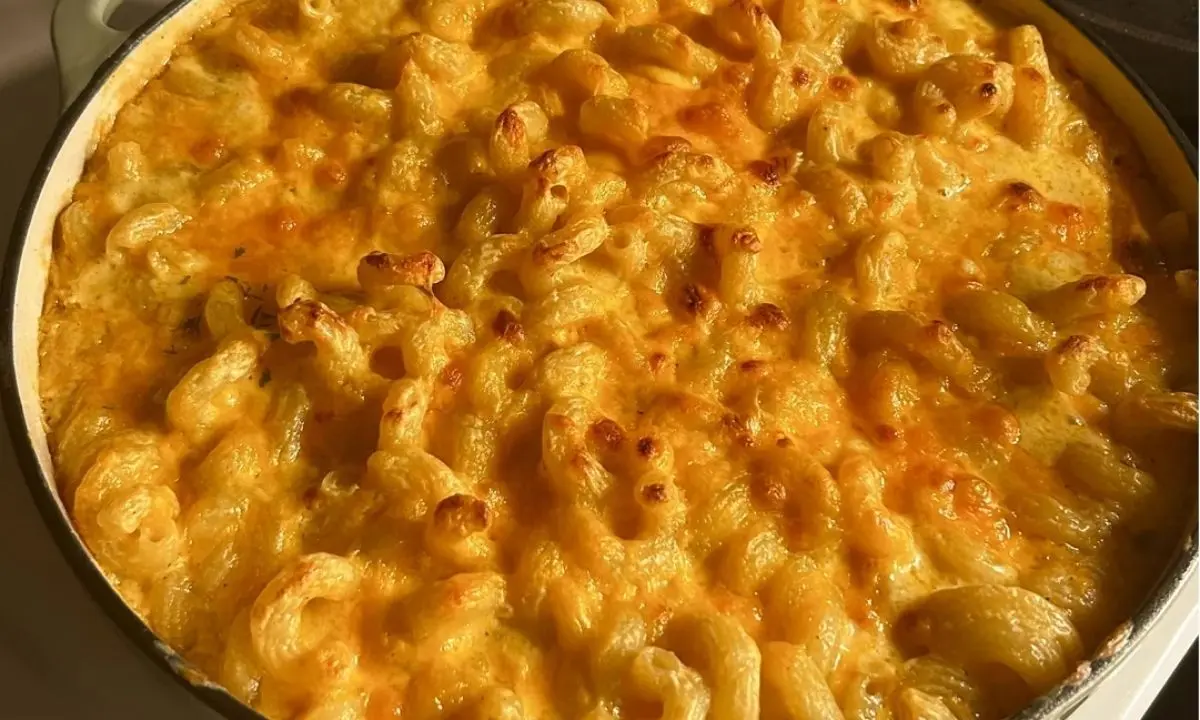Spareribs vs. Baby Back Ribs: Understand the Differences
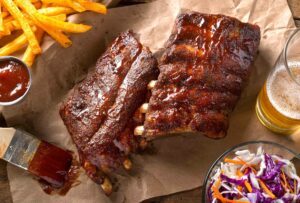
If you’ve ever wondered about the difference between spareribs and baby back ribs, you’re not alone. Many people confuse these two popular rib cuts, but trust me, each has unique qualities that can transform your dining experience. Let’s dive into the details, explaining what truly sets them apart and how to choose the best one for your barbecue or recipe.
What Are Spareribs?
Spareribs, or “regular ribs,” come from the lower part of the pig, near the belly. Because they are cut from this area, these ribs are larger, wider, and have more meat between the bones. They also contain a good amount of fat, which contributes to their rich and juicy flavor.
Main Features of Spareribs:
- Larger size
- More fat
- Richer flavor
- Cheaper cut
Thanks to their composition, spareribs are perfect for slow-cooking methods like smoking or long baking in the oven. The fat melts during cooking, leaving the meat tender and flavorful.
What Are Baby Back Ribs?
Baby back ribs come from the upper part of the pig, near the loin. They’re called “baby” because they are smaller and shorter than spareribs. This cut is known for being leaner and less fatty, making it a popular choice for those who prefer lighter meat.
Main Features of Baby Back Ribs:
- Smaller size
- Less fat
- Milder flavor
- More expensive cut
These ribs cook faster than spareribs and are ideal for grilling or roasting. The result is tender meat that easily falls off the bone without being greasy.
Key Differences Between Spareribs and Baby Back Ribs
While both cuts are delicious, they have differences that impact flavor, texture, and even price. Check out a summarized table to make it easier:
| Feature | Spareribs | Baby Back Ribs |
|---|---|---|
| Size | Larger | Smaller |
| Fat Content | More fatty | Less fatty |
| Flavor | Rich | Mild |
| Price | More affordable | More expensive |
How to Choose the Right Cut?
The choice between spareribs and baby back ribs depends on what you’re looking for. If you prefer a richer flavor and don’t mind spending more time cooking, spareribs are the way to go. On the other hand, if you want something quick and less fatty, baby back ribs are ideal.
Tips for Making the Right Choice:
- Consider the cooking method
- Think about available time
- Evaluate your budget
- Consider your guests’ taste
Basic Recipes for Each Rib Type
Want to try both cuts? Here are quick preparation tips for each:
Spareribs: Smoky and Flavorful
Season with salt, pepper, garlic powder, and paprika. Cook on low heat for 4–5 hours in a smoker or oven covered with aluminum foil. Finish with barbecue sauce.
Baby Back Ribs: Grilled and Tender
Marinate with olive oil, lemon, garlic, and herbs. Grill for 15–20 minutes on each side, brushing barbecue sauce during the last minutes.
Conclusion
Now that you know the differences between spareribs and baby back ribs, it’s easier to choose the perfect cut for your next barbecue or special dinner. Whichever you pick, with the right preparation methods, the result will always be delicious!


